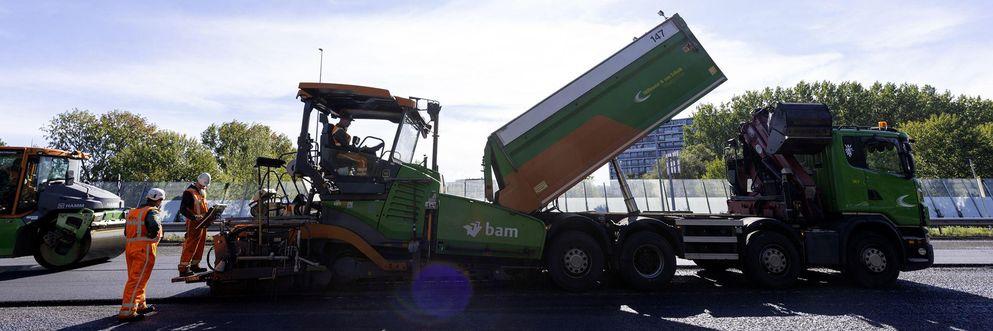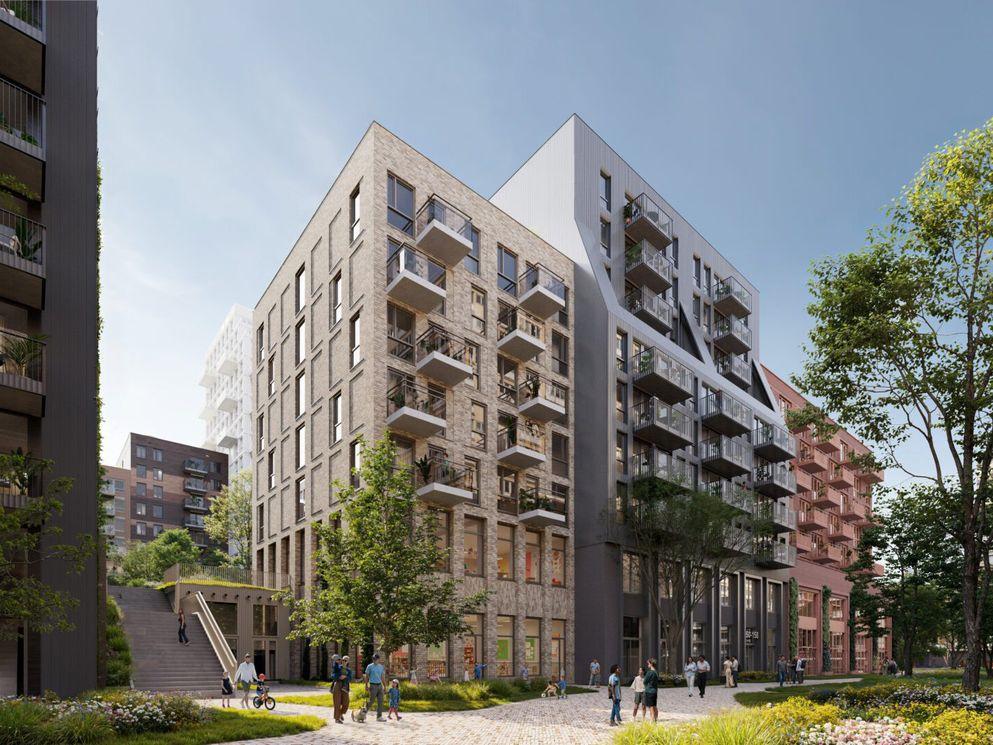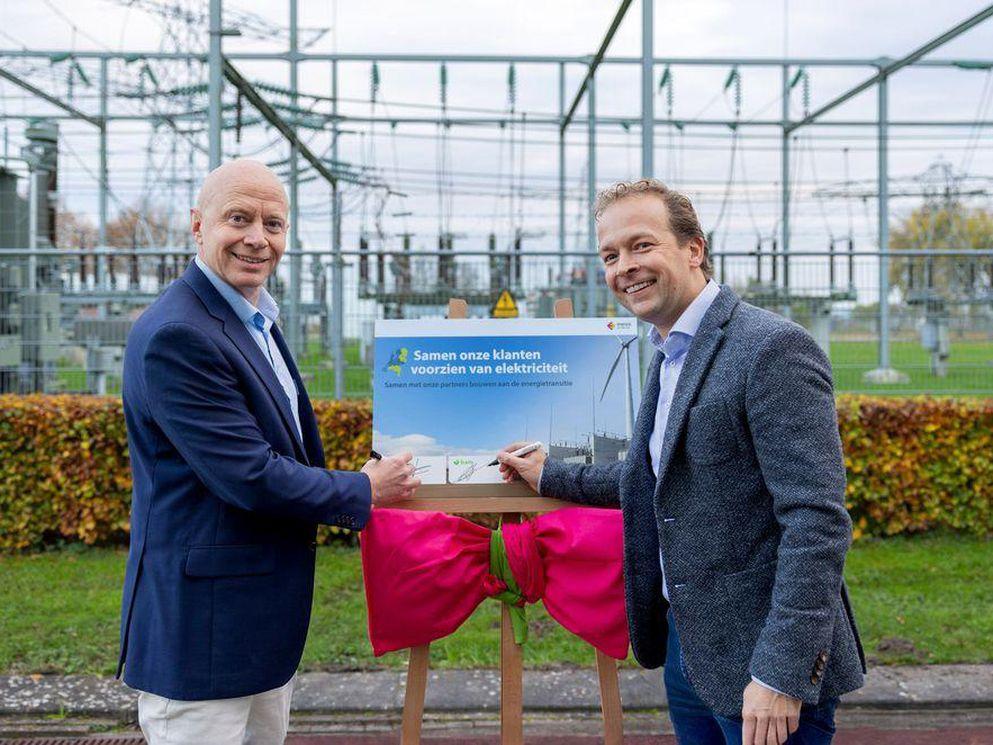New asphalt surface on the A10 East: more sustainable and quieter thanks to fibres
The works on the A10 East between Watergraafsmeer and Amstel have been completed. In addition to replacing joints and guardrails, the motorway received a completely new asphalt surface - and it’s not the usual kind. Marco Oosterveld from BAM explains why this innovative mix, using fibres instead of polymers, is so special, and what it means for road workers, the environment, and the future of road construction.
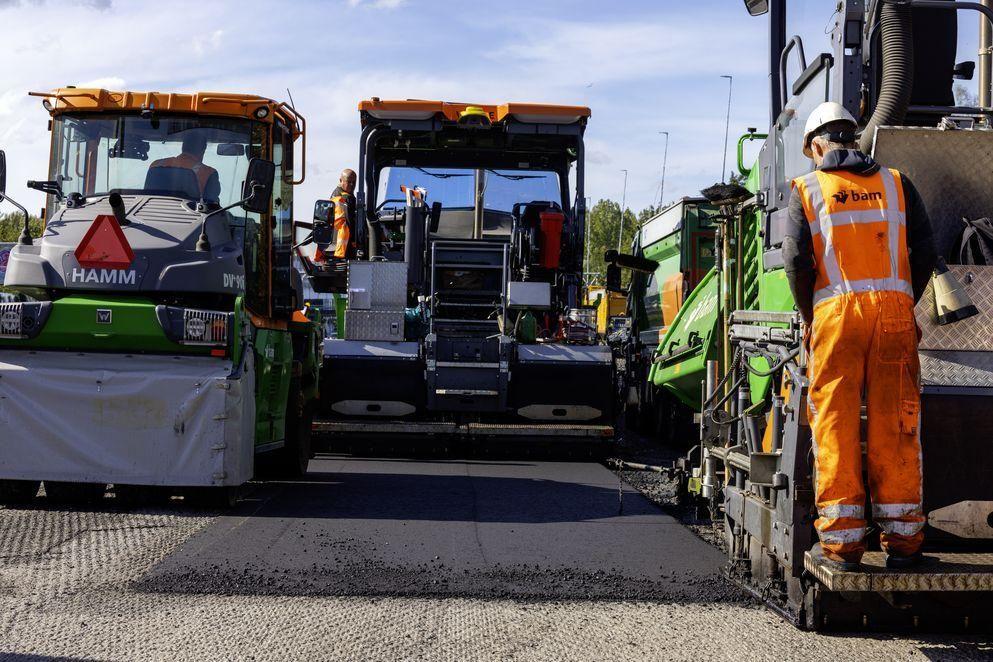
Collaboration between BAM and Rijkswaterstaat
Marco Oosterveld leads a team of knowledge specialists at BAM Infra Nederland. They provide support wherever complex road engineering products, techniques or projects are involved.
Marco describes the collaboration with Rijkswaterstaat as intensive and equal. ‘We’re obviously the contractor, but the relationship often feels more like a partnership. Rijkswaterstaat is one of our most important clients, and their level of technical expertise allows us to have truly substantive discussions. That’s a huge help in making progress together on the sustainability of asphalt.’
Fibres instead of polymers
Marco explains how a new asphalt mix contributes to this: ‘Asphalt consists of sand, fillers and aggregates, which together with bitumen — the black, oily binder — form a strong and stable road surface. For years, polymer-modified bitumen was added to strengthen the binder in fine porous asphalt (ZOAB) mixes. While this did improve stability, it made recycling more difficult and increased emissions due to the high processing temperatures.’
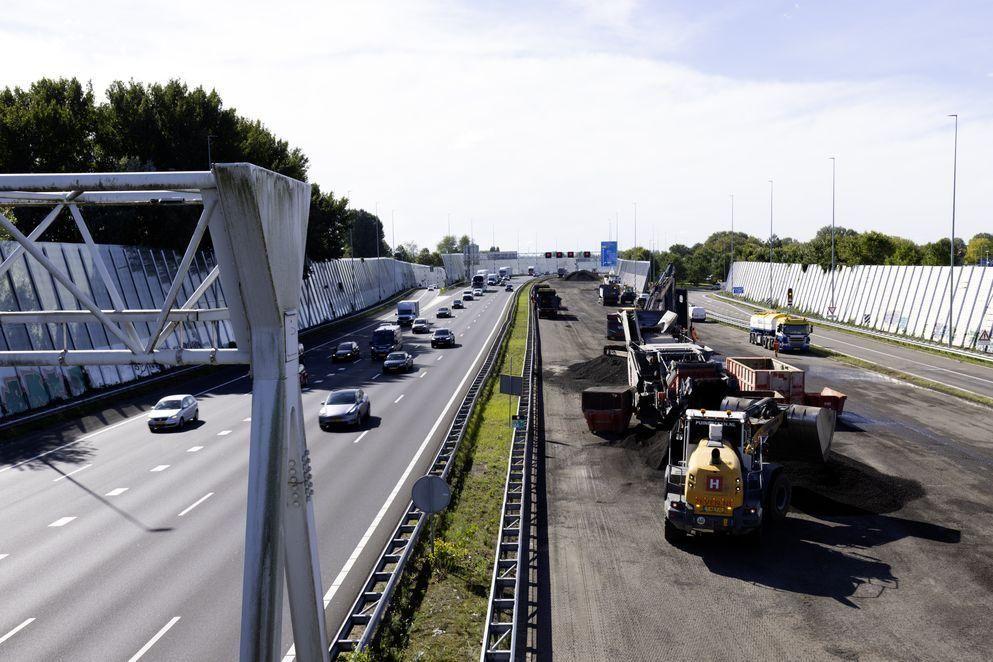
The new ZOAB mix replaces polymers with acrylic fibres. Marco says: ‘These fibres act as reinforcement: they don’t degrade, extend the lifespan, and strengthen the asphalt. They’re also used in aircraft and racing cars, and for road construction they’ve been cut into 3.2 millimetre-long strands. This allows the mix to be made with standard bitumen at lower temperatures. That saves energy and makes recycling easier - an important step towards a circular asphalt chain.’
